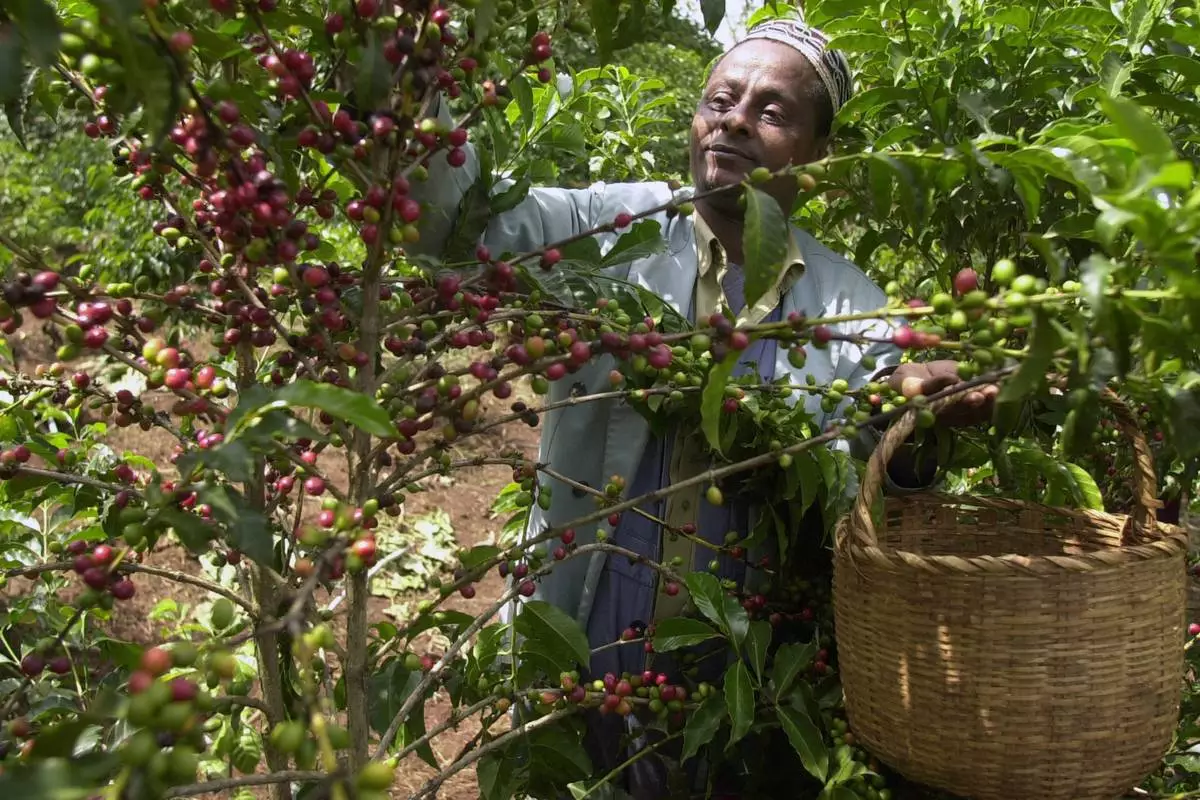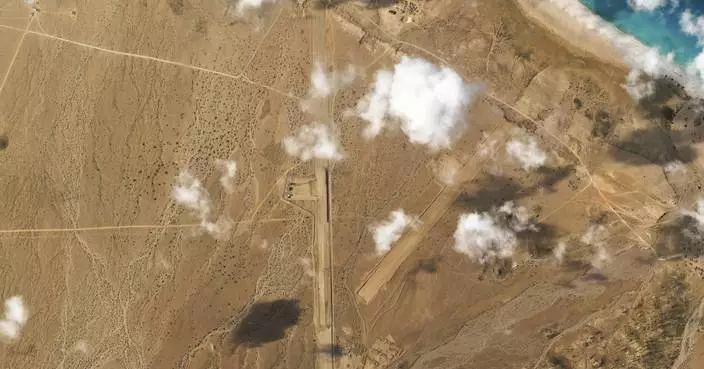Yemen's civil war has killed at least 91,600 people so far, a database tracking violence said Wednesday, presenting a new estimate after completing reporting for the first months of fighting in 2015.
The conflict began with the 2014 takeover over of northern and central Yemen by the Iranian-backed rebels, driving out the internationally recognized government from the capital, Sanaa.
Months later, in March 2015, a Saudi-led coalition launched its air campaign to prevent the rebels, known as Houthis, from overrunning the country's south.
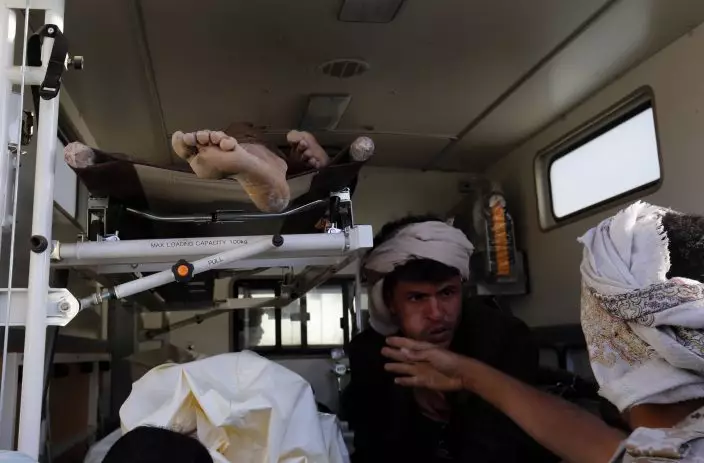
FILE - In thos Oct. 8, 2016, file, photo, bodies of victims of a Saudi-led coalition airstrike are loaded in an ambulance, in Sanaa, Yemen. A database tracking violence said Wednesday, June 19, 2019 that at least 91,600 people have been killed in Yemen’s civil war, presenting a new estimate after completing reporting for the first months of fighting in 2015. (AP PhotoOsamah Abdulrhman, File)
In the relentless campaign, Saudi-led airstrikes have hit schools, hospitals and wedding parties and killed thousands of Yemeni civilians. The Houthis have used drones and missiles to attack Saudi Arabia and have targeted vessels in the Red Sea.
Civilians have borne the brunt of the conflict, which has created what the United Nations says is the world's worst humanitarian crisis.
The Armed Conflict Location & Event Data Project, or ACLED, said that in 2015, about 17,100 people were reported killed — the second-most lethal year after 2018, which was the deadliest one on record.
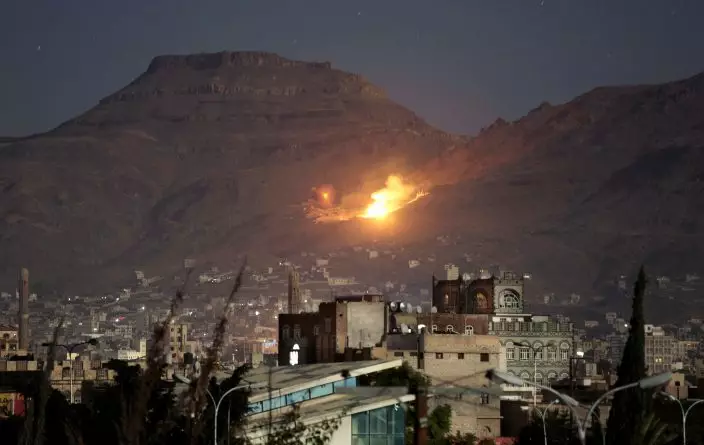
FILE - In this Oct. 14, 2016 file photo, fire and smoke rise after a Saudi-led airstrike hit a site believed to be one of the largest weapons depots on the outskirts of Yemen's capital, Sanaa. A database tracking violence said Wednesday, June 19, 2019 that at least 91,600 people have been killed in Yemen’s civil war, presenting a new estimate after completing reporting for the first months of fighting in 2015. (AP PhotoHani Mohammed, File)
ACLED said 11,900 people were killed this year, compared to 30,800 in 2018.
The group said the Saudi-led coalition and its allies were responsible for more than 8,000 of about 11,700 deaths resulting from the direct targeting of civilians, while the Houthis and their allies were responsible for the rest.
The group said it recoded over 18,400 killed in the southwestern province of Taiz since 2015, placing Taiz as the most violent province in Yemen, largely due to a four-year siege by the Houthis, the group said.
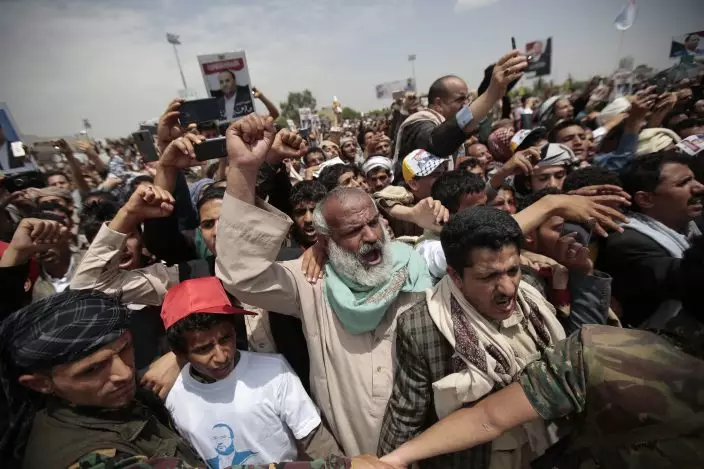
FILE - In this April 28, 2018, file, photo, Houthi Shiite mourners chant slogans as they attend the funeral of Saleh al-Samad, a senior Houthi official who was killed by a Saudi-led coalition airstrike on April 19, in Sanaa, Yemen, Saturday, April 28, 2018. (AP PhotoHani Mohammed)
Hodeida and Jawf followed Taiz as the next most violent provinces in Yemen, with almost 10,000 in total combat fatalities, reported in each region since 2015, according the group.
ACLED said the U.N.-brokered cease-fire for the Red Sea port city of in Hodeida contributed to a partial drop in reported fatalities in recent months. That cease-fire has since crumbled.
"These data are both a tool and a warning: the international community must use them to help understand, monitor, and ultimately resolve the conflict before the situation spirals even further out of control," said ACLED executive director Clionadh Raleigh.
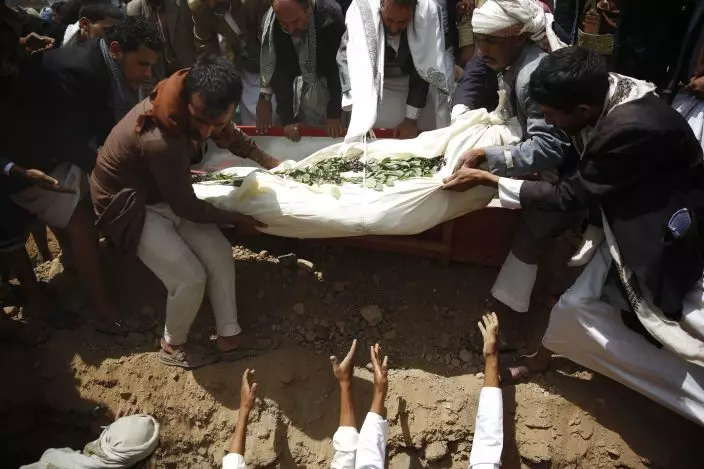
FILE - Shiite rebels known as Houthis bury a fellow Houthi, who was killed in a suicide bomb attack, during his funeral in Sanaa, Yemen, Friday, Sept. 4, 2015. An Islamic State-claimed suicide bomber and a subsequent car bombing killed at least 20 people Wednesday at a mosque in Yemen's rebel-held capital, Sanaa, amid the country's raging civil war, officials said. (AP PhotoHani Mohammed)
The numbers do not include those who have died in the humanitarian disasters caused by the war, particularly starvation.
The group, which receives funding in part from the U.S. State Department and Dutch Ministry of Foreign Affairs, builds its database on news reports from Yemeni and international media and international agencies.
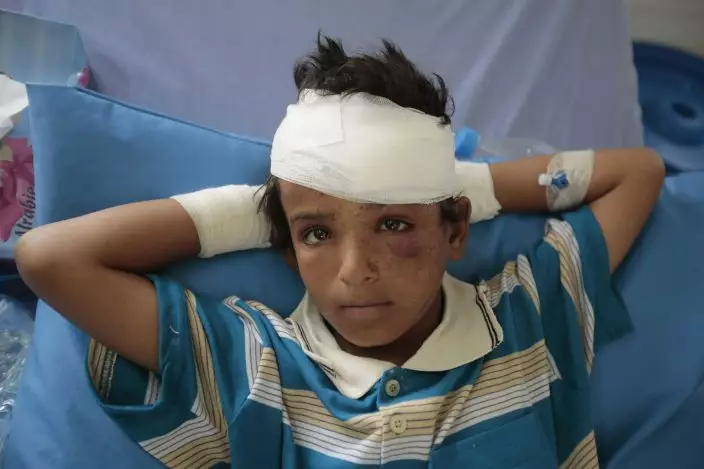
FILE - In this Aug. 12, 2018, file, photo, A child injured in a deadly Saudi-led coalition airstrike on Thursday rests in a hospital in Saada, Yemen. A database tracking violence said Wednesday, June 19, 2019 that at least 91,600 people have been killed in Yemen’s civil war, presenting a new estimate after completing reporting for the first months of fighting in 2015. (AP PhotoHani Mohammed, File)



